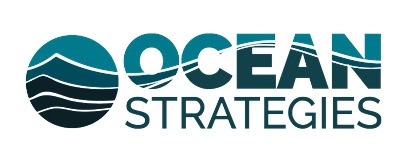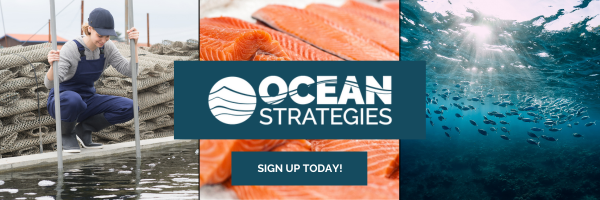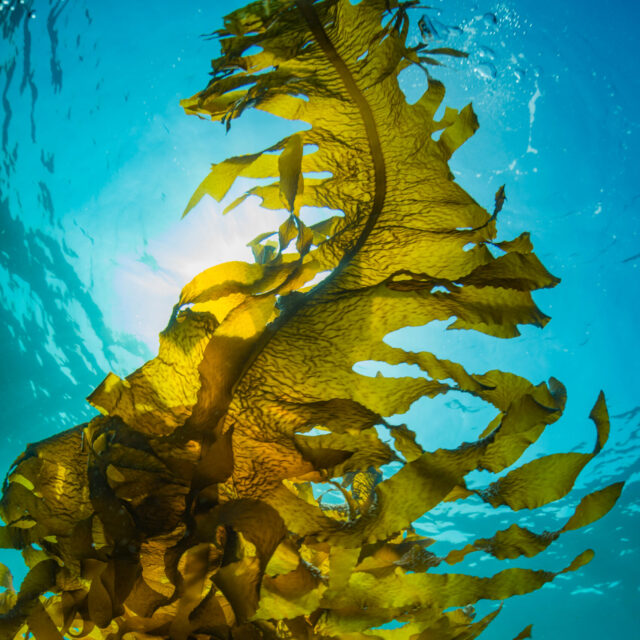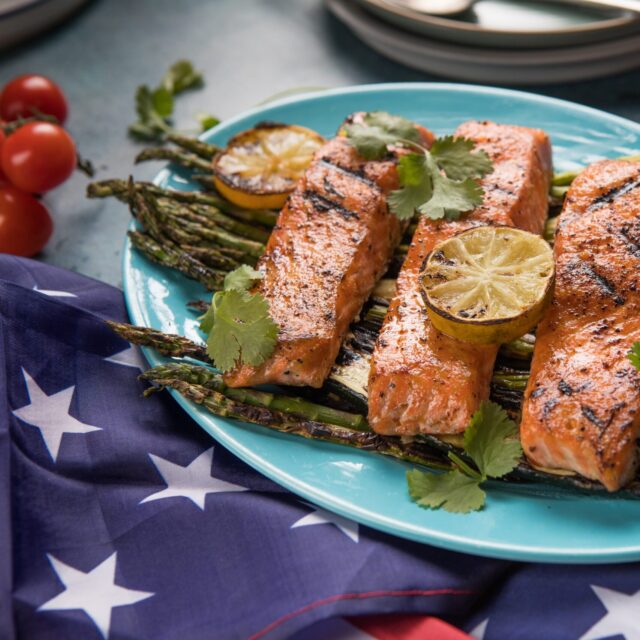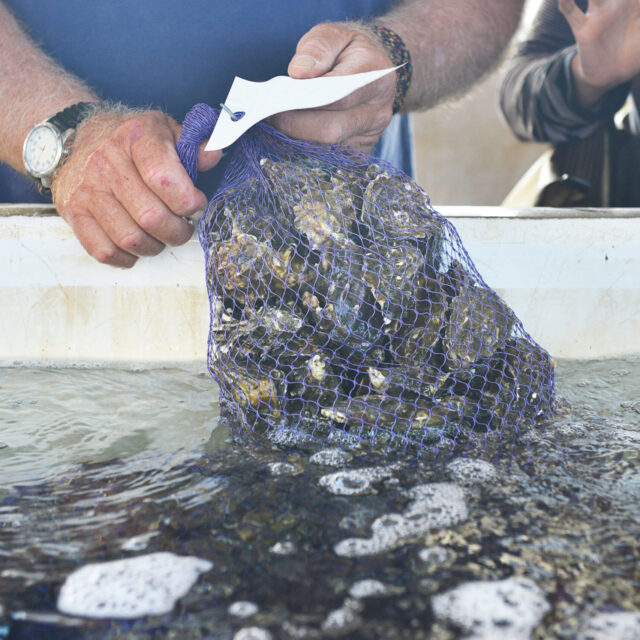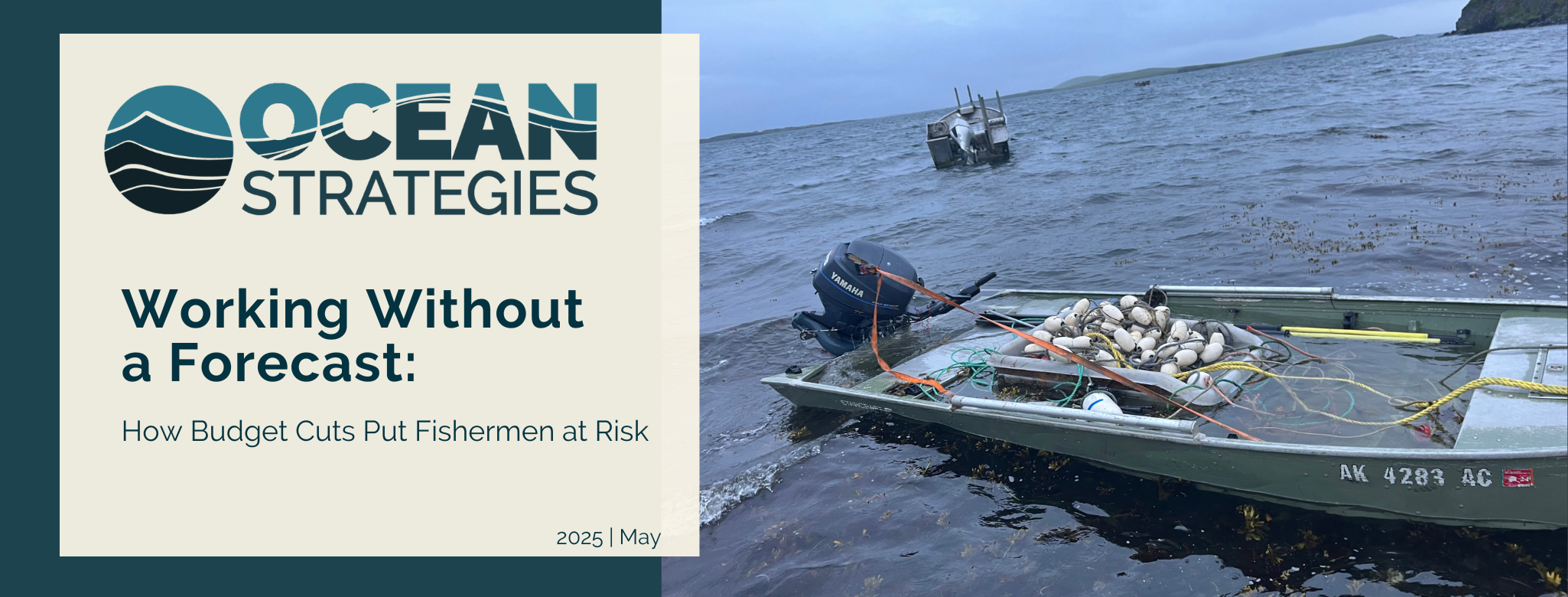
Ocean Strategies is a public affairs firm specializing in seafood, fisheries and marine resources.
Ocean Pulse provides policy and industry updates for those who rely on access to sustainable U.S. seafood. Sign up here.
By Hannah Heimbuch
During fishing season, my life revolves around weather. There’s fish to find, tides to work with, regulations to follow—but nothing rules the day like wind and wave.
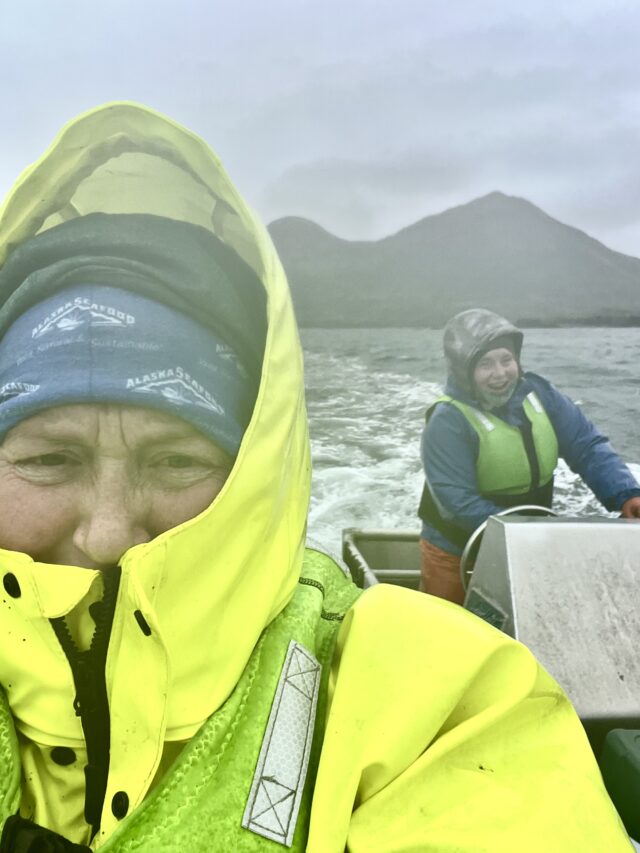 I fish from a 26-foot open skiff along the rocky coast of Kodiak Island, where the North Pacific can turn on a dime. Like hundreds of thousands mariners across the country—commercial fishermen, ferry captains, harbor workers, and recreational boaters—I rely on federal agencies like NOAA to do my job safely.
I fish from a 26-foot open skiff along the rocky coast of Kodiak Island, where the North Pacific can turn on a dime. Like hundreds of thousands mariners across the country—commercial fishermen, ferry captains, harbor workers, and recreational boaters—I rely on federal agencies like NOAA to do my job safely.
In the moment, no one else can make the call. A good fisherman must read the water, read the sky, and make the safe choice. But I’m far better equipped with good forecasting. I’ve pulled gear early or reinforced moorings because a storm was coming. Waiting until I could see it often would’ve been too late to do it safely, if at all.
That’s exactly the scenario we’re risking – less warning and worse outcomes. The President’s proposed budget includes deep cuts to NOAA, the Coast Guard, and other core services that keep harvesters safe. These aren’t just line items. They’re the foundation of maritime safety, science, and infrastructure.
The administration has also publicly committed to supporting the seafood sector—most recently through the Executive Order on Promoting American Seafood Competitiveness. But these cuts directly undermine that goal.
I wouldn’t be doing my job, as a fisherman or an advocate, if I didn’t ask our leaders to recalibrate—to look at the horizon, see the storm coming, and be our partners in preparation and prevention.
Weather Doesn’t Wait
Each summer, my wife and I live at a remote fishing site on an island in the Gulf of Alaska. Our nearest neighbors are a 15-minute skiff ride away. Help requires a boat—ours or someone else’s. Weather is our guidepost in all things.
Our first season, we pulled gear ahead of a forecasted storm, but not early enough. The weather hit several hours ahead of schedule. We finished up in 10-foot seas, pushing the limits of what we—and our boat—could handle. Our saving grace was that it was blowing southerly, meaning that we could pull the gear bow-in.
Since then, I’ve been even more cautious. Like most fishermen, I check marine forecasts several times a day and always have. Now I put bigger buffers on incoming storms. And lately, my concern has focused on the possibility of losing the forecasting we depend on. Budget cuts mean fewer updates, slower alerts, and wider margins of error during a time when weather volatility is rewriting the rulebook.
NOAA funding and climactic data collection isn’t just about deep-sea tools and it’s not (or shouldn’t be) controversial research. It’s baseline data for safe communities and safe commerce. Coastal towns, small ports, and subsistence fishers rely on these services every day, as do maritime transportation industries, large-scale seafood producers and everyone in between. Less accurate forecasts mean more boats caught in dangerous conditions—and less time to react.
NOAA’s National Weather Service is the first alert system for ocean-going Americans. Their work—from hurricane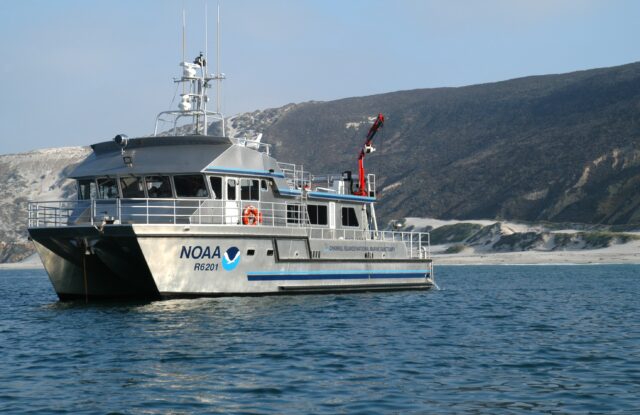 tracking to squall warnings—saves lives. Yet the proposed budget would gut key investments in forecast model upgrades, delay satellite launches, and stall replacement of aging buoys. It would also eliminate NOAA’s Office of Oceanic and Atmospheric Research (OAR), slashing its funding by nearly 75% and ending research into weather and climate forecasting—including support for cooperative research centers across the country.
tracking to squall warnings—saves lives. Yet the proposed budget would gut key investments in forecast model upgrades, delay satellite launches, and stall replacement of aging buoys. It would also eliminate NOAA’s Office of Oceanic and Atmospheric Research (OAR), slashing its funding by nearly 75% and ending research into weather and climate forecasting—including support for cooperative research centers across the country.
The U.S. Coast Guard is also facing strain, with plans to remove hundreds of physical buoys and navigational markers. While large vessels may have high-tech backups, most small boats don’t. A failed chartplotter in the fog shouldn’t mean disaster—but that’s becoming a real risk.
Tsunami warning systems and response capabilities are on the chopping block too. That affects everyone—from tourists on Oregon beaches to oyster growers in Louisiana. Nature doesn’t wait for a better budget cycle.
Science, Safety, and the Next Generation
It doesn’t stop at weather and navigation. NOAA Fisheries and NIOSH provide critical support for research, enforcement, and safety training. NIOSH’s Commercial Fishing Safety Research and Training Program has helped reduce fatalities in one of the country’s most dangerous industries. These cuts would halt progress at a time we need it most.
NMFS faces reductions to observer coverage, cooperative research, and stock assessments—essential tools for science-based, transparent fisheries management. Eroding these systems undermines trust and stability across the seafood sector.
And who will carry this work forward? Federal science agencies are already struggling to attract and retain young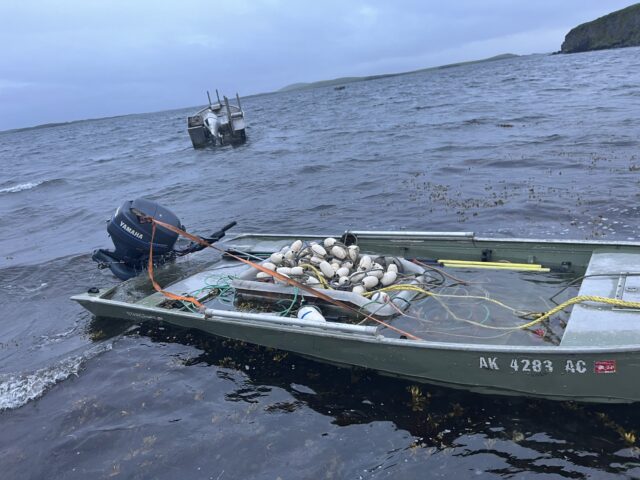 talent. Cutting funds now sends the wrong message to the next generation of oceanographers, forecasters, and fisheries scientists.
talent. Cutting funds now sends the wrong message to the next generation of oceanographers, forecasters, and fisheries scientists.
The ripple effects go far beyond fishing boats. Emergency response, infrastructure, coastal tourism, and supply chains are all tied to the strength of our maritime systems. When something goes wrong on the water, entire communities feel it.
This isn’t just about Alaska. Shrimpers in the Gulf, crabbers in the Pacific Northwest, trawlers in New England, and lobstermen in Maine all depend on the same foundation. Destabalizing these systems puts a pillar of the American economy—and food supply—at risk.
A Call for Partnership, Not Pullback
Fishermen are used to adapting—it’s what we do. But we shouldn’t have to navigate blind, or alone. The federal government has long been a partner in ocean safety and sustainability. We’re asking Congress and agency leaders not to walk away from that partnership now.
Instead of cutting proven, life-saving programs, we should be investing in the science and infrastructure that protects lives, economies, and ecosystems. If we’re serious about saving money and building efficiency, then we should prioritize disaster prevention. And if we’re serious about strengthening America’s seafood sector, we must fund the systems that make seafood possible, safe and reliable.
We urge Congress and the administration to:
- Fully fund NOAA’s forecasting and marine safety services.
- Maintain and modernize navigational aids.
- Preserve oceanic and atmospheric research, and warning systems for tsunamis and extreme weather.
- Support NIOSH’s Commercial Fishing Safety program.
- Protect NMFS services: fisheries management, surveys, and cooperative science.
The sea will always bring risk. But tragedies are often avoidable when we’re prepared—and that same preparedness spurs growth and resilience. Let’s invest in the tools that keep our boots on deck, our communities working, and our families whole.
Here is a list of links to our most recent policy reports. You are always able to find them on our Ocean Pulse Blog. If you’d like to receive them directly, just sign up here.
